Report this entry
More from the same community-collection
Brown Middle School Salute to our troops !
Our Wonderful Choir Director boding amazing things at Brown ...
Jose Gabriel Chinea and Crystal M. Chinea - 2014
Jose Gabriel Chinea and Crystal M. Chinea - 2014 - Ft Worth ...
Brown Middle School Salute to our troops
We appreciate our troops here at Brown Middle School in El Paso, ...
Brown Middle School Salute to our troops
Dedicated Ceremony for appreciation to our wonderful partners in ...
Hometown Frontier project from Brown
GT classes at Brown Middle School do an awesome job on their ...
Mrs. Ellison GT class Brown Middle School
GT classes at Brown Middle School do an awesome job on their ...
Graduation Day - Austin High School - 1986
Yvonne Maesse graduation day at Austin High School El Paso Texas ...

















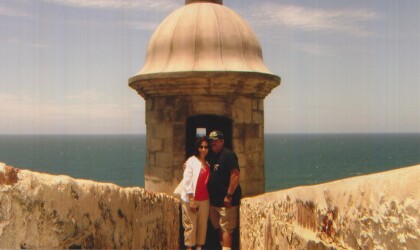
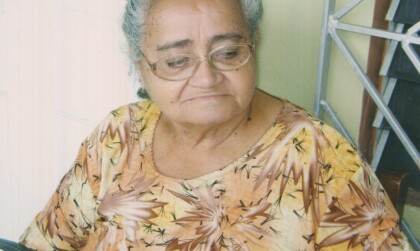
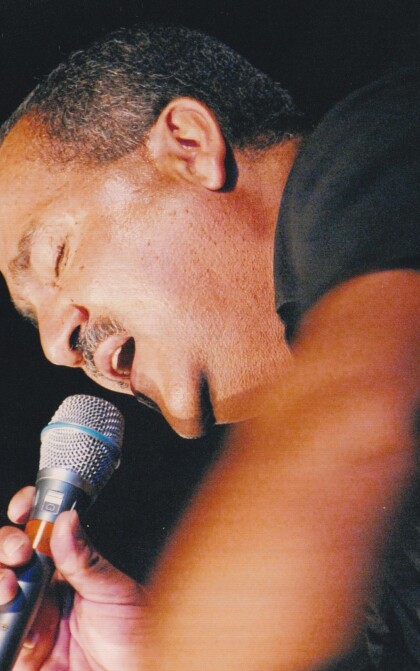
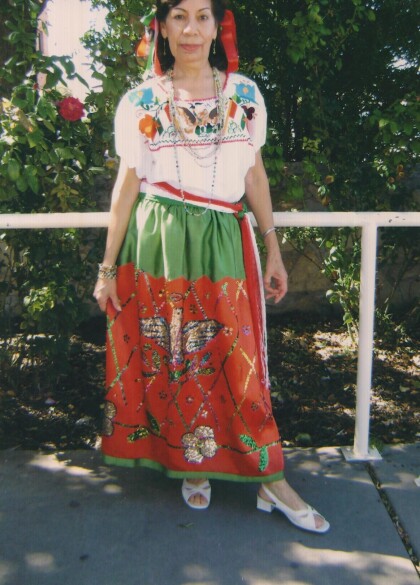


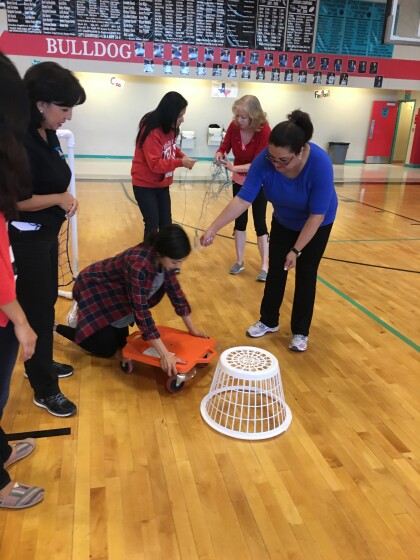




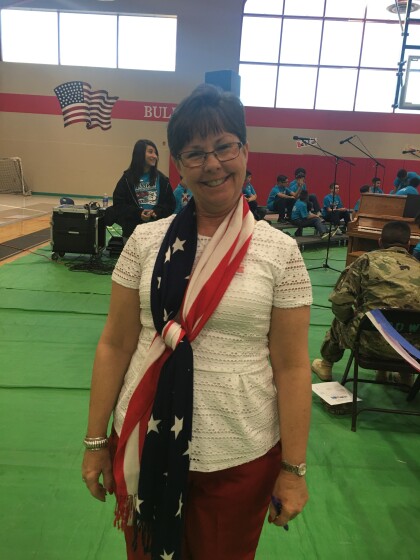
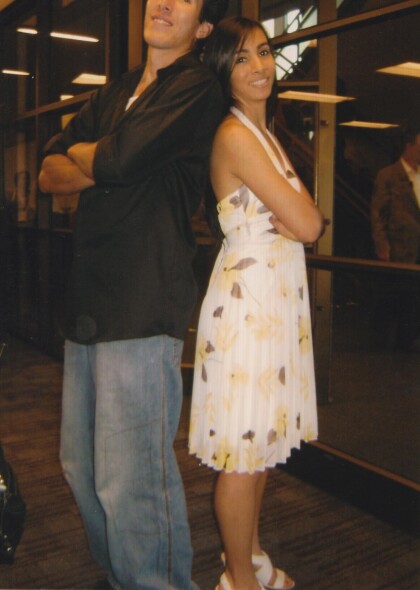
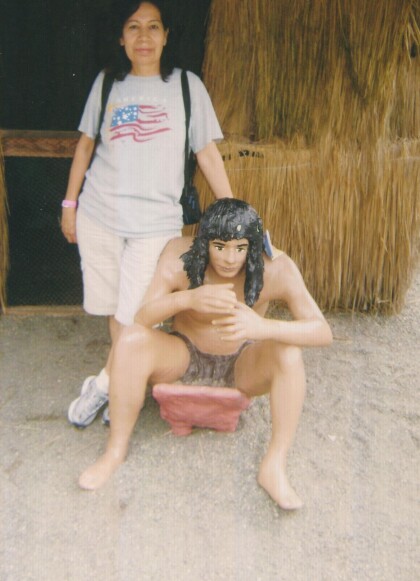
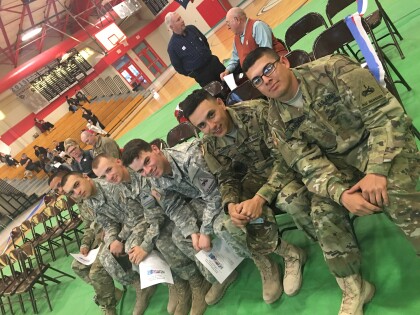
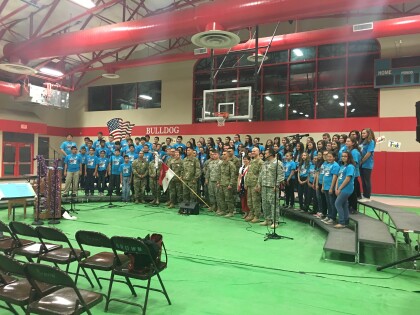
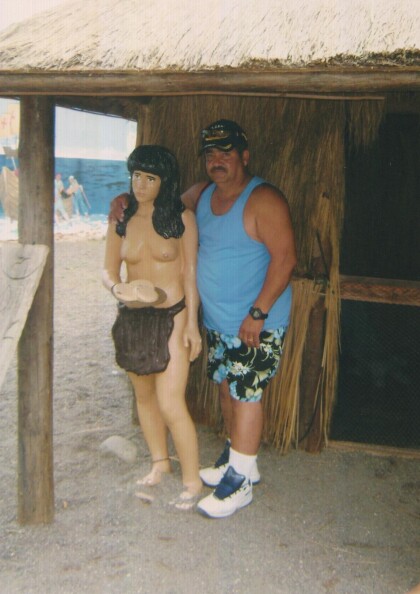
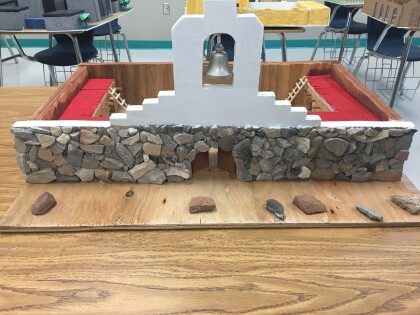
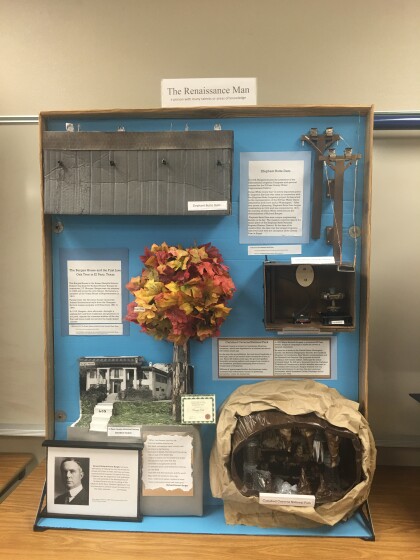
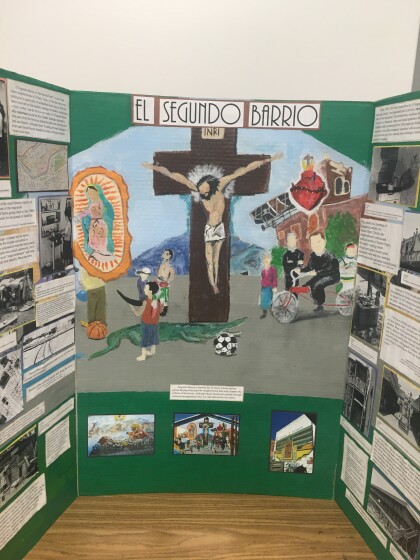
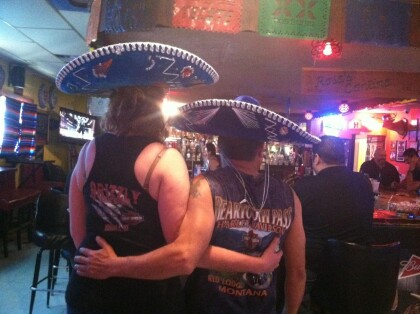


Comments
Add a comment